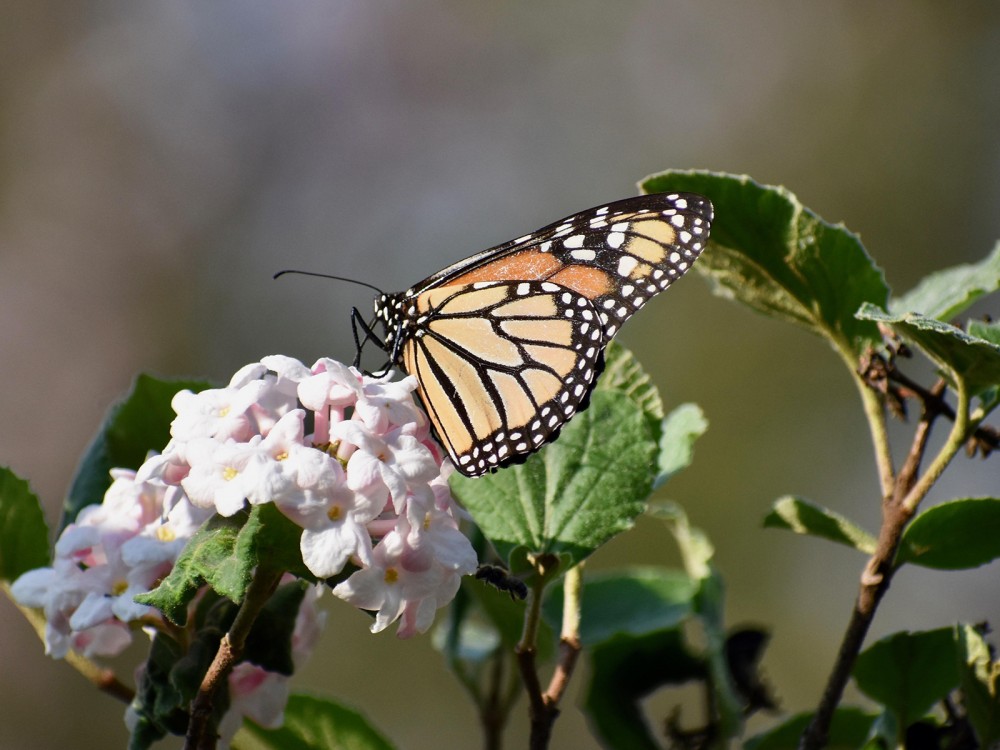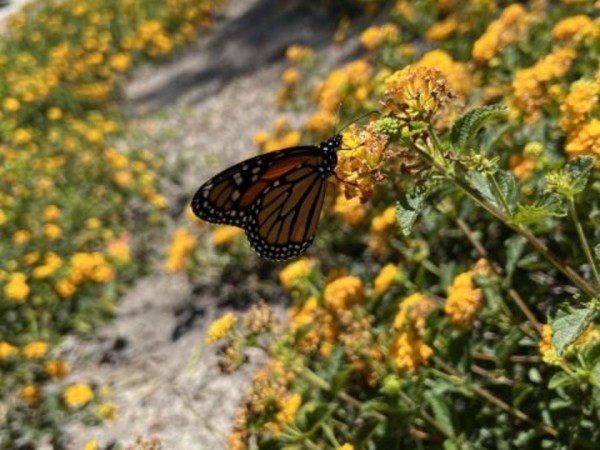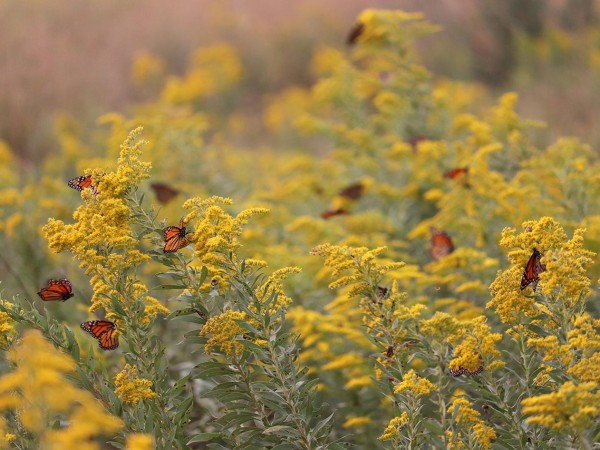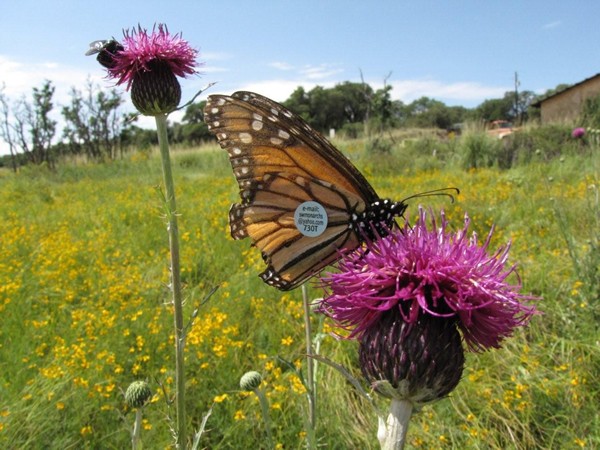Movement in the Midwest
The Upper Midwest is a migration hotspot. Monarch activity is picking up in Southern Ontario as well. Along the East Coast, reports are beginning to trickle in from New England. And out West, a new generation of monarchs is moving through California and beyond.
Eastern Monarch Population
Eastern Monarch Spring 2022 Report #8
The leading edge of monarch migration is now hovering between latitude 42-46°N. The Upper Midwest remains a hotspot of activity, with many reports of first sighted adult monarchs coming from Iowa, Minnesota, Wisconsin, Illinois, and Michigan. Reports are also on the rise in Southern Ontario. Along the East Coast, migration is still moving slower in terms of both northern progress and number of reports. In New England, monarchs are just beginning to trickle into Connecticut and Massachusetts. How far north will monarchs be next week?
Read more of the Eastern Monarch Spring 2022 Report #8»
Western Monarch Population
Letter from Gail Morris: Western Monarch Spring 2022 Report #8
In the Western U.S., Gail Morris shares how recent sightings show that a new generation of monarchs is continuing the migration. Gail writes, "Monarchs are slowly entering Utah with a second sighting reported this week as sightings continue to grow in the California coastal regions extending a short distance into the neighboring deserts. All adult sightings with photos show fresh and new monarchs, a harbinger of a new generation."
Read more of Gail Morris' letter: Western Monarch Spring 2022 Report #8»
Message from Karen Oberhauser: Monarch Winter 2021–22 and Spring 2022 Population Numbers
Karen Oberhauser, Director of the UW–Madison Arboretum and a leading monarch expert, discusses the yet to be released monarch count data from Mexico, factors that impact population numbers, and how Journey North volunteers contribute to our collective understanding of monarchs. Karen writes, "We still haven’t received the official count data from Mexico, but the first 2022 generation of eastern North American monarchs has moved from the southern U.S. into their northern breeding grounds . . . Breeding monarch numbers in any given year are caused by a complex mix of factors. . . Data from Journey North volunteers will help us put together the story of the 2022 breeding season as it unfolds."
Read more of Karen Oberhauser's message: Monarch Winter 2021–22 and Spring 2022 Population Numbers»









